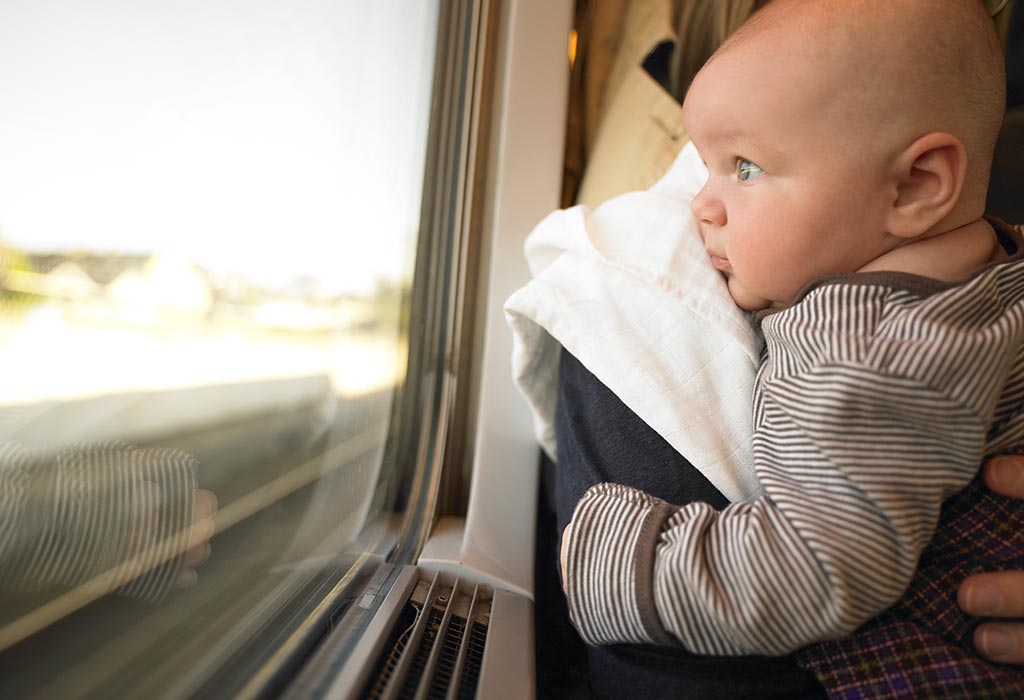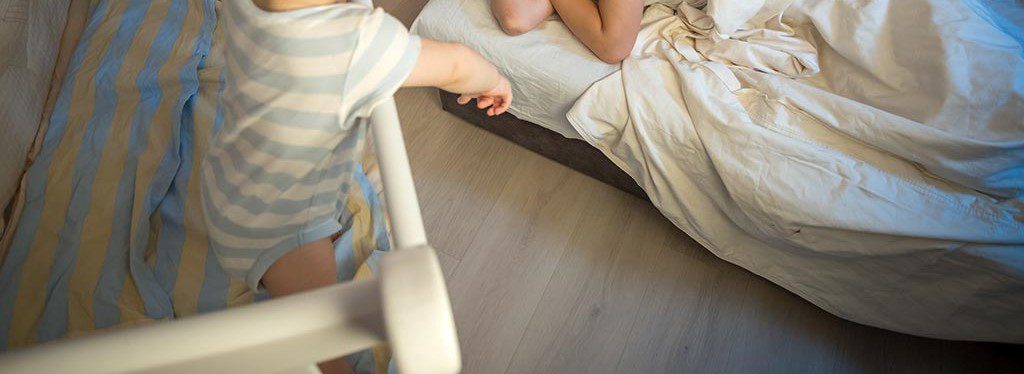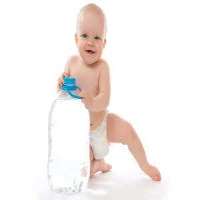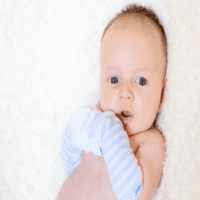Bathing and caring for a newborn baby is one of life's most special experiences. Sometimes, parents feel lost, unsure how to handle situations like putting the baby to sleep, feeding him, and providing him with milk.
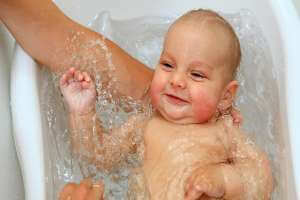
Your baby will require constant cleaning, but these bath times may not need to be as frequent as you think. Bathing your baby every day may help prevent his sensitive skin from drying out.
If you keep up with the other ways your baby will need to be cleaned, three baths a week will do the trick—although if you want to do it more often, you can. You should focus your efforts on cleaning your baby:
Do you need: Newborn babies not to cry, is your neglect dangerous for the child?
Baby bathing - face washing
Keeping saliva, food, and milk away from your baby's face is important to keep their skin healthy. Saliva, in particular, can cause rashes in babies, so keeping the skin dry is crucial.
Do you need: Sore throat in children, causes, symptoms, prevention, treatment?
Bathing the baby - Washing the neck
A chubby baby's skin is great, but all that extra fat can mean a dangerous double or triple chin condition that makes it difficult to clean their neck. Gently lift their chin and reach into their neck folds with a wet washcloth a few times a day to make sure you clean up any milk or drool that makes its way down.
Bathing the baby - Washing the bottom:
Making sure to change your baby's diaper as soon as you notice it is wet or soiled will protect the skin in the diaper area.
Do you need: Down syndrome - causes, symptoms, living with a Down patient?

Cut nails
This grooming task is not for the faint of heart. Most parents remember the first time they cut their child's nails—it can be nerve-wracking, thinking you might cut their fingers. But it's not something you can skip.
Your baby's nails grow quickly, and they can quickly develop small, sharp claws on their fingers. To trim their nails, you can use nail clippers. You can lay your baby on the floor while you do this or hold them.
Before cutting, press your finger away from the nail to give you a better view of what to cut. Cut only the white part so you don't go too low and accidentally cut the skin as well. Plan to do this about once a week.
Do you need: Is it safe to use clove oil to relieve teething pain in children?
Teeth and gum cleaning
To maintain your baby's oral health, get into the habit of wiping their gums at least twice a day with a wet washcloth. Once they have teeth, clean their mouth twice a day or after feedings. Sometime around the 12- to 24-month mark, replace the washcloth with a baby toothbrush that you can use with water.
Do you need: Baby's head is hot but no fever - possible causes and solutions
hair care
You should wash your baby's hair with the best baby wash or mild shampoo. You shouldn't be aggressive when cleaning your baby's hair. You can use a soft-bristled brush or comb to style your baby's hair.
How to bathe your baby
Having a safe bath can be surprisingly challenging. Babies are naturally clingy, and when they get wet, it can be incredibly difficult to hold on. We'll guide you through this scary experience so you know how to give your baby their first bath.

Do you need: Acid Reflux in Children: Home Remedies to Help Your Child Get Relief?
Preparation:
- Make sure you have all your supplies near the baby's bathtub. Once your baby is in the tub, it can be life-threatening if you leave for even a few seconds. It may be a good idea to have someone else in the room, such as your partner, to help.
- It is difficult to bathe a child daily in winter to avoid catching a cold, so precautionary measures must be taken.
- You should bathe your baby before breastfeeding to avoid causing vomiting.
- The towel should be prepared before showering.
- Preparing the child's room at a suitable temperature
- The temperature of the water used for bathing should be half a degree above 37 degrees Celsius. It should be warm so that the baby does not catch a cold.
Do you need: Fever in children: Home remedies and when to see a doctor?
Fill the baby's tub
Put about 2 or 3 inches of water in the baby's tub. It doesn't need to be deep, and you don't want the water to be hot.
Undress your baby: Remove his diaper as well and place the baby in the water, making sure to support his head and neck.
Wash his hair with a cup:
Having a cup in the bathtub makes washing hair much easier. Wet your baby's hair and apply baby shampoo, if you're using one. Place your hand on your baby's forehead, over their eyes, to keep the water out while you slowly rinse their hair.
Do you need: Bronchitis in children: 8 home remedies to relieve symptoms?
Using baby body wash:
Using a washcloth dipped in a mixture of water and baby wash, clean your baby from top to bottom. Don't rub their body vigorously—a gentle touch will work and be better for their skin.
Carefully remove your baby from the bathtub:
Wrap your baby in a towel as soon as possible. This will keep him warm while you dry him off. This will prevent him from catching a cold or flu after his bath.
Put diapers and clothes on your baby:
After your baby is dry, you can apply the best baby lotion if you like. Then dress them as you normally would.
Do you need: Otitis media in children: home remedies, causes, and risks?
What you will need for a baby bath
You've probably realized by now that babies need a lot of equipment. Here's what you'll need for bath time:
- towel.
- Towel with cover if possible.
- Water thermometer if you want to check the water temperature.
- Baby bathtub.
- Baby body wash.
- Baby shampoo.
- Clean diapers.
- Children's clothing.
- What baby shower toys would you like your baby to have?

Do you need: The keto diet to treat epilepsy in children, its benefits, and its advantages?
Ear care
There's no need to insert Q-tips into your baby's ears to remove wax. Doing so can be dangerous because you can stick the Q-tip too far in and damage the eardrum. If you need to clean your baby's ears, get a damp washcloth and gently clean your baby's ear with it.
Do you need: Cradle cap in infants: causes, symptoms and treatments?
Nose care
When your baby's nose gets blocked, you'll need to help clear it for him, as he doesn't know how to blow his nose yet. You can gently clean his nose using the best nasal aspirator. Here's how:
- Wash your hands.
- Squeeze the syringe and place just the tip into your baby's nostril.
- Let it sit slowly until it starts to suck out the congestion from your baby's nose.
- Remove the syringe and squeeze the collected fluid onto the tissue.
- Repeat this method in the other nostril.
- To reduce congestion, you can also use saline drops in your baby's nose.
the source : Everyday Child Care
How Often Should I Bathe My Baby Or Toddler?
